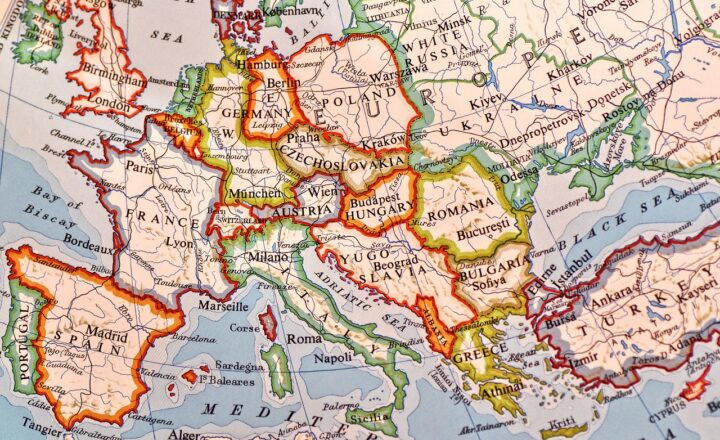How Time Zones Were Created and Why They’re Crucial for Global Travel
November 12, 2024

Time zones are an integral part of modern living, affecting how we plan our activities, conduct business, and connect with others globally. Understanding the history of time zones and their significance is essential, particularly for those whose lives are intertwined with travel.
1. The Historical Context of Timekeeping
Before the concept of time zones, local solar time was the standard for measuring hours. Each locality would set its clock based on when the sun reached its highest point in the sky—noon. This method, while practical for small communities, became problematic as cities and countries rapidly expanded and interconnected, particularly in the 19th century with the rise of the railroads and telegraph systems.
As train travel became more widespread, discrepancies in local timings resulted in confusion and accidents. For instance, a train that left one town at noon may arrive at another that uses a different time standard, leading to missed connections and safety hazards. Thus, there was a pressing need for a standardized time system.
2. The Advent of Time Zones
The modern time zone system we know today was proposed by Sir Sandford Fleming, a Canadian engineer, in the late 1800s. At the International Meridian Conference held in Washington, D.C., in 1884, it was decided that the globe would be divided into 24 time zones, each one covering 15 degrees of longitude. This division corresponded to one hour of time difference due to the Earth’s rotation.
The prime meridian was established at Greenwich, England, which became the starting point (0 degrees longitude) for all global time references. Consequently, countries to the east of Greenwich would be ahead of GMT (Greenwich Mean Time), while those to the west would fall behind it.
3. The Structure of Time Zones
Time zones are typically defined as a certain number of hours ahead or behind GMT. For example:
– GMT+1: Countries like France or Germany.
– GMT-5: Eastern Time Zone in the United States.
However, not every place adheres strictly to these hour increments. Some regions, particularly in Canada and India, may have 30 or 45-minute offsets instead of whole hours. Additionally, local laws can change, causing some regions to switch time zones or adopt daylight saving time, further complicating the matter.
>
4. The Role of Time Zones in Global Travel
For travelers, understanding time zones is crucial for several reasons:
1. Flight Scheduling: Airlines rely heavily on time zones for scheduling flights. Knowing the time difference between departure and arrival locations helps passengers manage accurate travel itineraries. A flight from New York to London may have a flight duration of 7 hours, but considering the GMT offset, passengers will arrive in London at a different local time.
2. Jet Lag Management: Traveling across multiple time zones can lead to jet lag, a temporary sleep disorder. Understanding the direction of travel (eastward or westward) and the corresponding time changes helps travelers prepare better for their journeys by modifying sleep schedules or staying hydrated before departure.
3. Communication: Most global businesses operate across different time zones, making effective communication challenging. Knowing the time differences enables professionals to schedule meetings and calls at mutually agreeable times.
4. Cultural Consideration: Beyond scheduling, understanding local time conventions also plays a role in cultural sensitivity for travelers. For example, a dinner invitation might differ significantly based on local customs concerning meal times.
5. The Future of Timekeeping
As the world becomes increasingly interconnected through technology, alternative approaches to timekeeping are emerging. Some suggested abolishing time zones for a single global time, potentially further streamlining international travel and communication.
Despite the challenges, the current time zone system remains a practical solution for organizing life globally. However, innovations in technology continue to influence how we understand and implement timekeeping in our modern world.
Conclusion
The creation of time zones has been a remarkable evolution in our ability to communicate, travel, and function in a global society. They play a critical role in how we interact with the world, influencing everything from flight schedules to social interactions.
Understanding time zones is vital, not just for planning travels and business engagements but also for appreciating the complex nature of our interconnected world. As technology progresses, time keeping may evolve, but the concept of time zones will likely remain a cornerstone of global travel and communication as we know it today.







